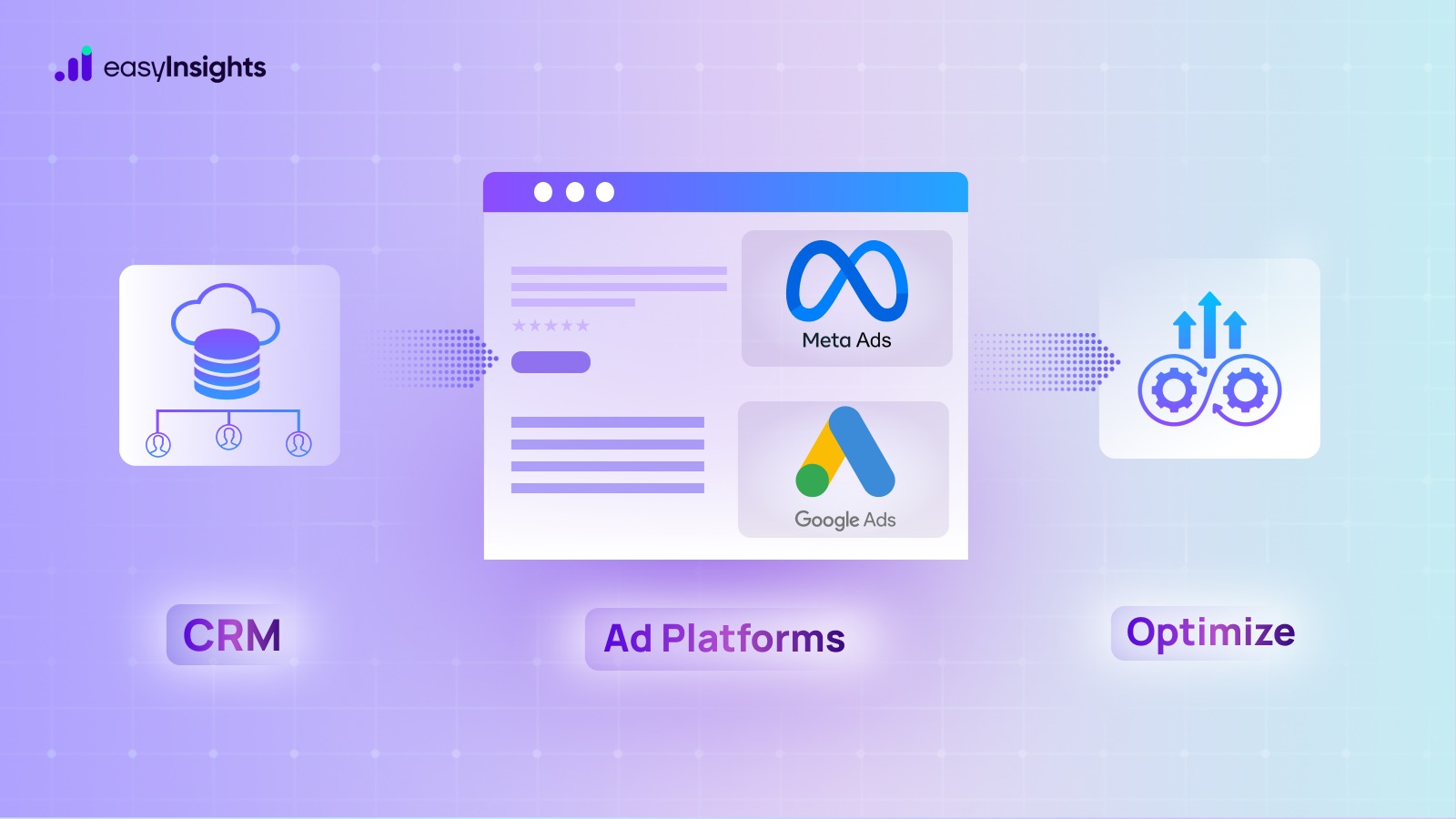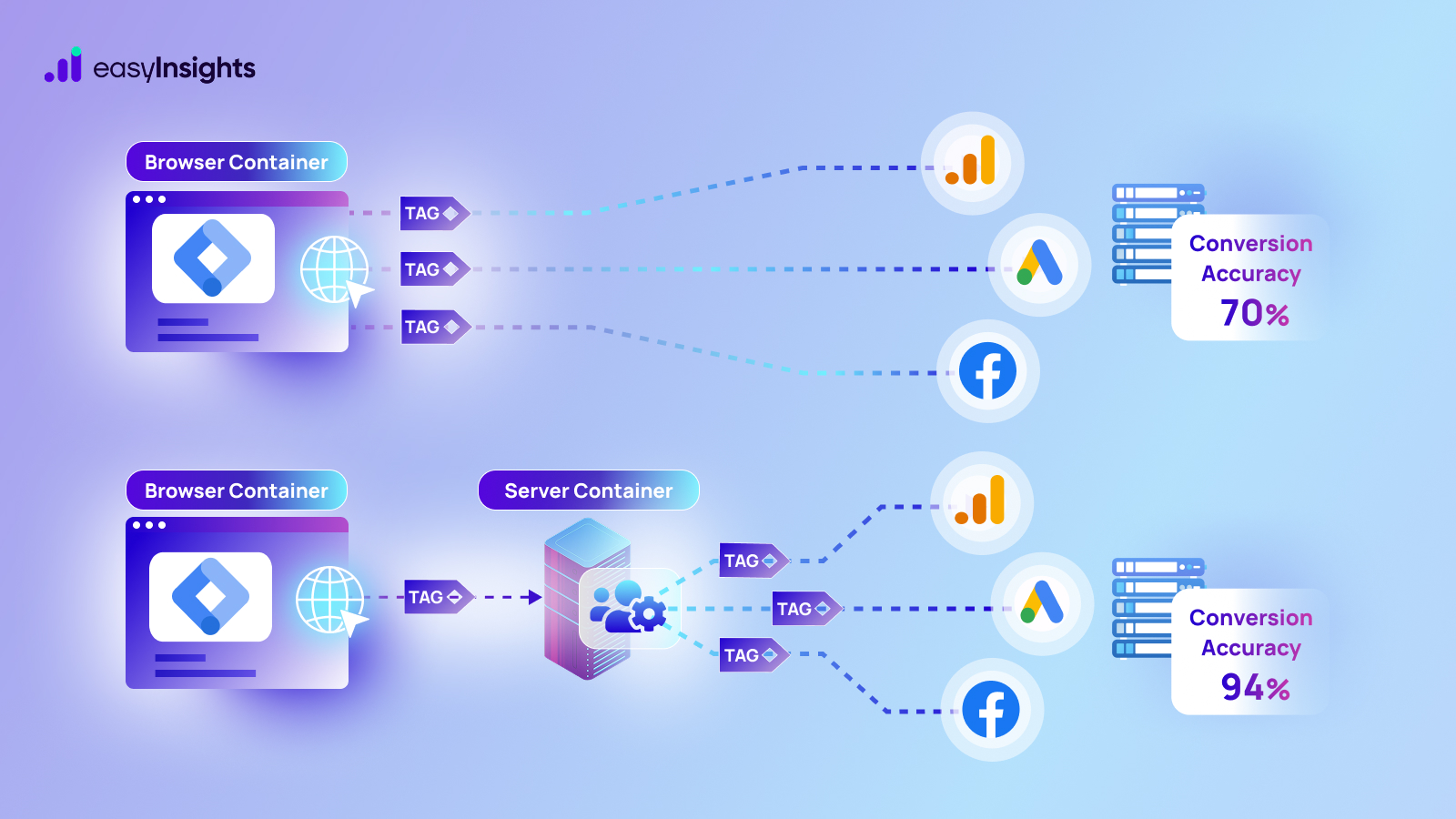
As a seasoned marketer, you’ve seen the landscape evolve from intuition-led campaigns to data-driven strategies. In 2024, the field of marketing is set for change yet again. But this time, marketers will ride the wave of data activation.
Data activation promises to be the one solution for all your data problems. It unleashes insights locked within your data warehouse and makes them actionable, powering the creation of accurate customer profiles and effective personalization strategies.
At a time when 57% of marketers feel they aren’t well-equipped to leverage data for marketing, data activation isn’t just an option. It’s an imperative for success. So, let’s explore how this simple concept will revolutionize marketing in 2024.
Jump ahead to:
1. Data Warehouse Will Be the Single Source of Truth
A data warehouse or data lake has always been the ultimate source of data. But truth be told, it only works for SQL-savvy tech people on the team. For marketers, the reality has been quite different, as they typically rely on marketing apps with separate data storage systems, disconnected from the central warehouse.

Attempts to bridge this gap through Customer Data Platforms (CDPs) have had limited success. The process often involves moving data out of the warehouse to sync with end-user applications.
This approach isn’t only counterproductive but provides marketers with second-hand data, which may not be the most recent. Furthermore, CDPs frequently struggle with seamless integration across diverse marketing tools, potentially leading to issues like data duplication and inaccuracies.
Recognizing these challenges, the focus in 2024 is shifting toward empowering marketers and other non-technical team members with direct access to the data warehouse. This will transform data warehouses into centralized hubs for all consumer data, allowing for a more streamlined and consistent decision-making process.
Additional Read: The Ultimate Guide to Marketing Data Warehousing – Marketers & Analysts Edition
2. Rise of Reverse ETL for Data Activation
In their quest to activate data in their data warehouse, brands will increasingly invest in Reverse ETL solutions. These tools provide a better solution to activate data than CDPs and iPaaS systems.
These tools try to solve two major challenges of activating data:
- First, they sync customer data from warehouses downstream to business tools like Google Ads, Zendesk, Salesforce, etc.
- Second, similar to ETL solutions, Reverse ETL tools provide low-code/no-code interfaces to build integrations, model data, and extract insights.
The fact that leading Reverse ETL vendors have already raised $80 to $90 million in funding shows there’s a huge demand for such solutions. Their adoption will only soar in 2024 and beyond.
3. Collaboration to Drive Performance
Stats suggest that over 93% of marketers believe collaboration across marketing and analytics teams is essential to drive results. A huge part of data activation is to remove the marketing team’s dependence on the data team. However, by no means does it aim to alienate one team from the other.
Moving into 2024, we already have success stories around collaborative data activation. For instance, Canva adds data analysts and scientists to various marketing teams to help them improve their performance.
However, as more brands include no-code data activation tools in their data stack, there will be more collaborative opportunities to explore.
Imagine marketers using point-and-click interfaces to create data models, while the data team monitors these models and optimizes them. This will help marketers work their way around data. As for the data teams, they will understand their marketing peer’s goals better.
Moreover, since these models are readily available within the warehouse, even the sales team can chime in. This is just one example of how data activation can drive collaboration and improve outcomes.
4. Emphasis on First-Party Data Activation
Today, privacy takes precedence over personalization. This is due to regulations like GDPR and CCPA, which restrict data transfer and the use of third-party cookies. Besides, customers now also expect brands to maintain privacy standards. It brings us to first-party data activation.
Marketers who activate first-party data sources will hold an edge over the competition. It will help them deliver personalized experience, lower customer acquisition costs, and improve returns from campaigns.
While 75% of marketers still use third-party cookies, Google’s decision to end the support for third-party cookies by 2024 should prompt them to act. Also, 9 out of 10 marketers already consider first-party data crucial for growth. So, first-party data activation should become a norm soon.
Additional Read: Google’s Third-Party Cookie Purge: Its Complete Timeline, and Approach to Cookieless Marketing
5. Enhanced Customer Insights through Audience Modeling
Marketers aren’t new to audience modeling. You already leverage techniques like segmentation to create custom audiences based on user data. However, data activation will change how you approach modeling.
We expect to see data activation platforms introduce advanced audience modeling with improved accuracy and granularity. These include:
- Predictive Modeling
Predictive modeling uses advanced analytics to model your audiences based on their demographic and purchase behavior. This will come in handy when creating audiences based on, for example, purchase probability. Then, you can target these audiences through Google Ads or your email campaigns.

- Lookalike Modeling
This technique will be useful for you if you already have segmented audiences. It builds upon your current segments by analyzing customer data and finding prospects who share the same characteristics. If you have ideal customer profiles, this will help you easily identify prospects fit for your marketing campaigns.

- Algorithmic Modeling
This modeling technique relies on data from various sources and applies machine learning and various economic theories to identify ideal prospects. It also helps you create marketing strategies to target these prospects.
6. Data-Driven Media Optimization
Brands waste almost 40% of their media budget, and poor data quality is to blame. Marketers either end up targeting the wrong audience or oversaturate an audience with ads, causing ad fatigue. This is where data activation will again come to your rescue. Here’s how:
- Frequency Capping
We’ve already talked about how data activation helps you create granular segments for accurate targeting. However, by leveraging data management platforms, marketers will customize their campaigns to only target users who meet certain criteria, mitigating the issue of ad saturation.
- Audience Suppression Monitoring
Businesses already use APIs for audience suppression in real time. However, it’s difficult for marketers to monitor which audiences get suppressed. But that will change as businesses integrate sophisticated tools that monitor suppression in real time.
This will help marketers identify user groups who are less likely to interact with their ads. Equipped with better customer awareness, marketers can optimize their future campaigns for better results.
Additional Read: Google Ads – Marketer’s Guide to Performance Max Campaigns
Start Data Activation with EasyInsights
It is evident that data activation will make a huge impact this year. It will enable marketers to leverage insights locked in their data warehouse and use them to drive results. It will also provide more collaboration opportunities across various teams.
Now, it’s your turn to democratize data at your workplace EasyInsights is one tool that will help you activate data.
EasyInsights is a data automation platform that comes with Reverse ETL capabilities. It lets you sync data directly from your warehouse to any operational tool you use. Moreover, its no-code interface allows you to transform and visualize data with ease.








